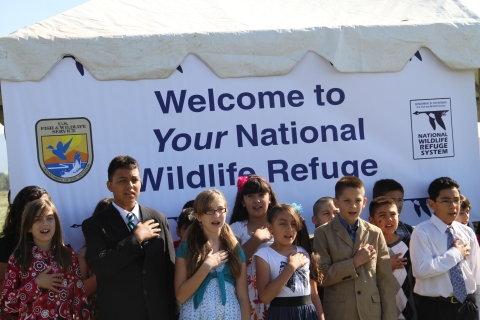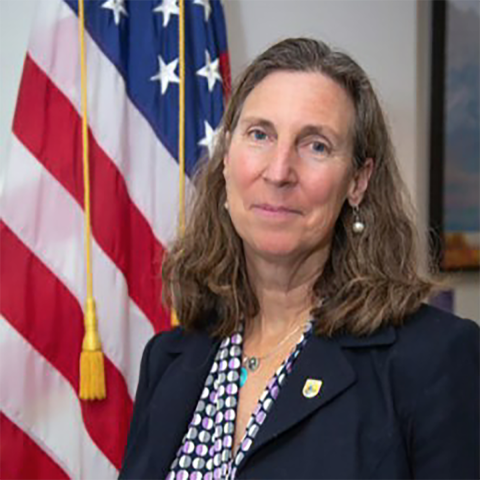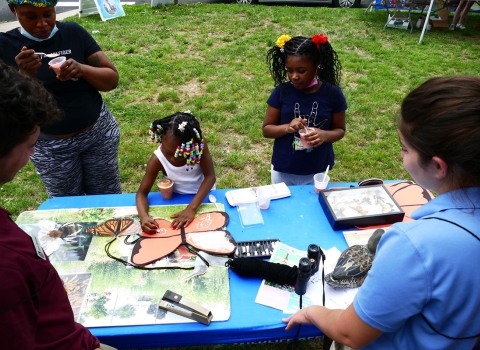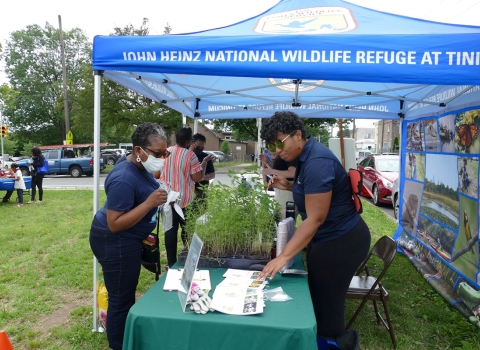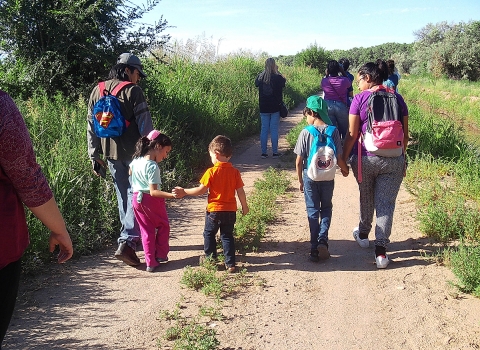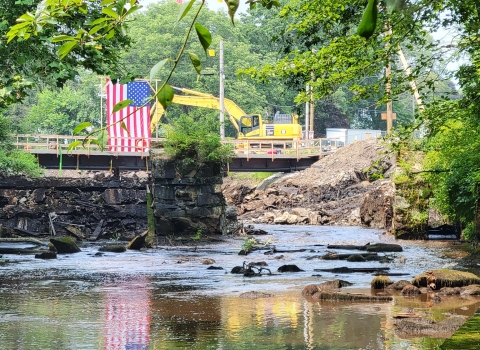We encourage people to get outside because nature can be rejuvenating and good for the soul. Unfortunately, for many communities—including people of color or those living in poverty—nature simply may not exist outside their doors. Environmental Justice is a way to remedy this disparity.
Environmental Justice means that your economic status or race does not determine whether your neighborhood gets a national wildlife refuge national wildlife refuge
A national wildlife refuge is typically a contiguous area of land and water managed by the U.S. Fish and Wildlife Service for the conservation and, where appropriate, restoration of fish, wildlife and plant resources and their habitats for the benefit of present and future generations of Americans.
Learn more about national wildlife refuge or a wastewater treatment plant. It also means that diverse communities have a seat at the decision-making table. Actually, just sitting at the table is not enough. We must go beyond including to making certain these communities know that they belong. One of the ways to do that is to ensure that the policies we develop are centered on their voices.
Striving for Environmental Justice: More Environmental Justice stories from summer’s Fish & Wildlife News
resident Biden understands the need to embrace Environmental Justice, and thanks to his leadership, the entire federal government has a charge to make addressing environmental injustices a priority. It is up to each of us in the federal family to find ways to bring Environmental Justice to those we serve.
We must commit to confronting longstanding environmental injustices and to ensuring that historically marginalized and polluted, overburdened communities have greater input on federal policies and decisions.
How might the Service help communities find Environmental Justice?
One starting point could be communities in and around our 101 urban refuges such as Denver, Colorado, and Albuquerque, New Mexico.
We further Environmental Justice by listening to the community and asking questions to understand local conservation issues. Our work must support community needs. It is not what we think is best. It is what the community knows it needs.
As we listen, our relationships will expand beyond required consultation into meaningful community partnerships. Our work with Point Lay, Alaska, on the walrus and the Lower Elwha Klallam Tribe in Washington on the Pacific lamprey are good examples of listening to often-ignored voices.
It won’t be easy or fast. In many cases, we’ll have to overcome decades of injustice and mistrust.
But success is necessary. Communities gain a better quality of life. Fish, wildlife, and the environment gain just as much. People who feel they belong fight hard for what is theirs.
The Service’s mission is well-positioned to support vulnerable communities. This is not just about conserving and restoring public lands, protecting wilderness, or recovering endangered species. This is also about making our urban, rural, and suburban neighborhoods and Tribal communities safe, clean places to live, work, and raise families.
Under the President’s Build Back Better initiative, critical deferred maintenance projects and increasing recreation infrastructure in national wildlife refuges will create jobs and contribute millions to the nation’s economy: an investment in people. The Civilian Climate Corps will create well-paying maintenance jobs and connect people to the outdoors. In addition to tackling the climate crisis, the Build Back Better initiative will also help communities that have been left behind and rebuild infrastructure that support good-paying jobs while considering the needs of underserved communities. These are just a few examples of Service activities that can address Environmental Justice.
Many of you may have been on the frontlines, battling injustices for decades. Now our charge is to think and act broadly and inclusively about how to implement policies that improve the quality of all Americans’ lives now and for decades to come. I am honored and committed to doing this side-by-side with you, and look forward to what we build, together with folks who now believe nature belongs to everyone, including them.


